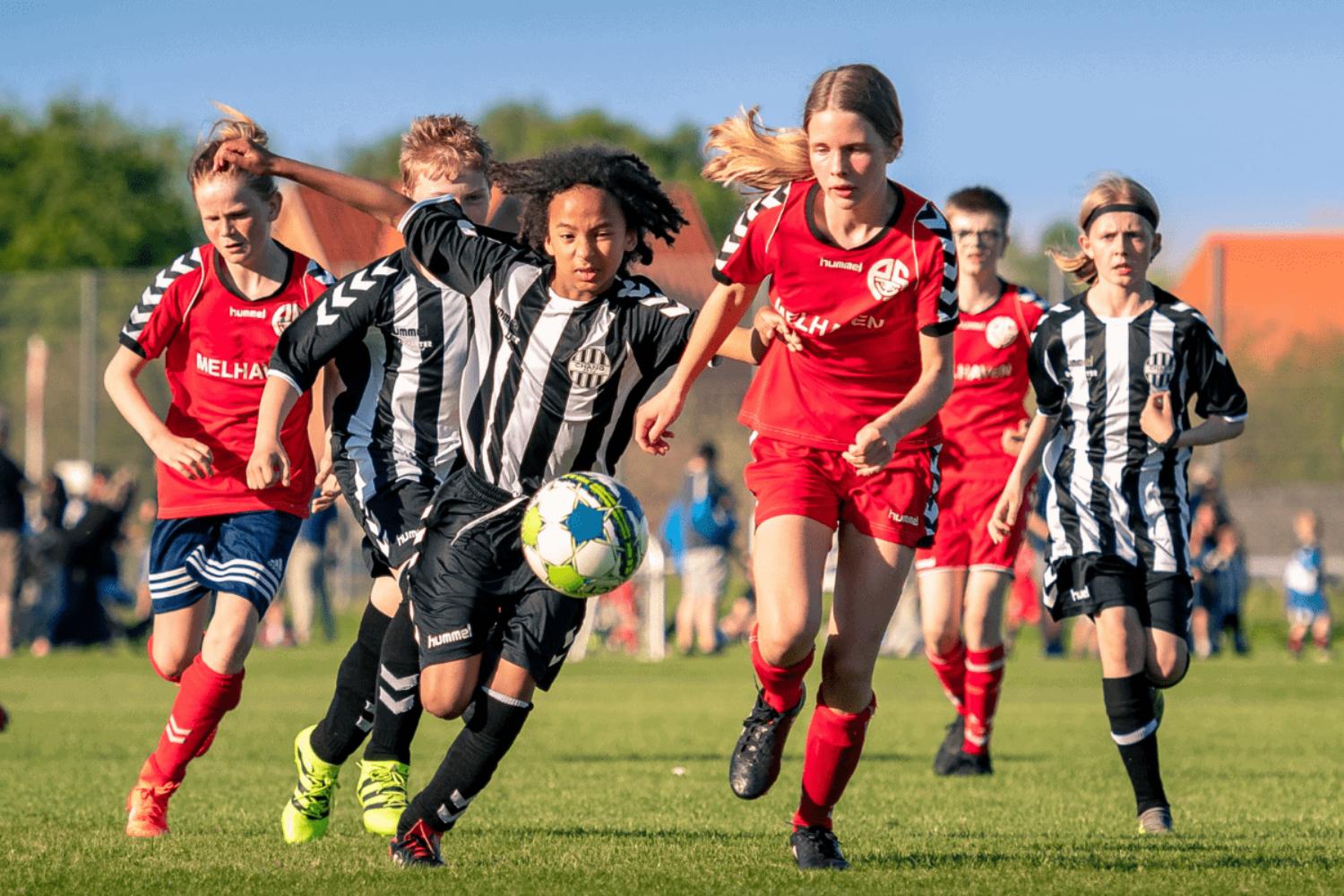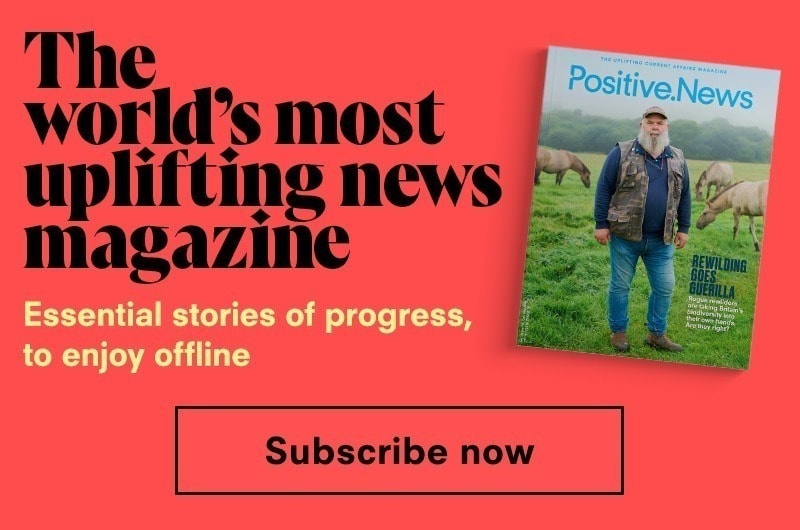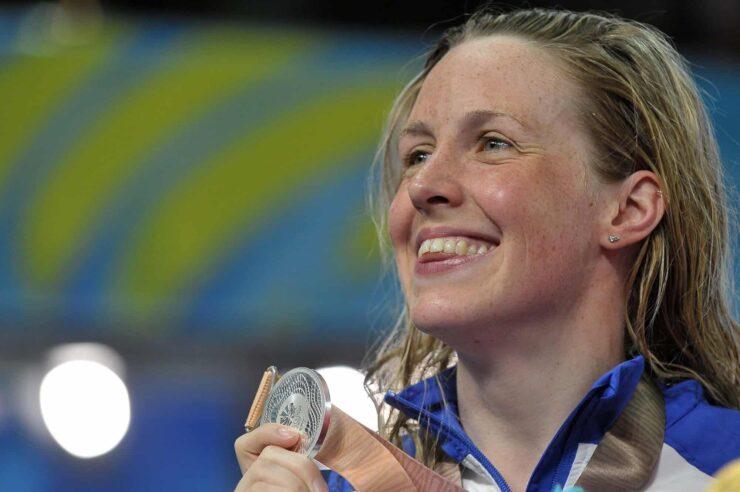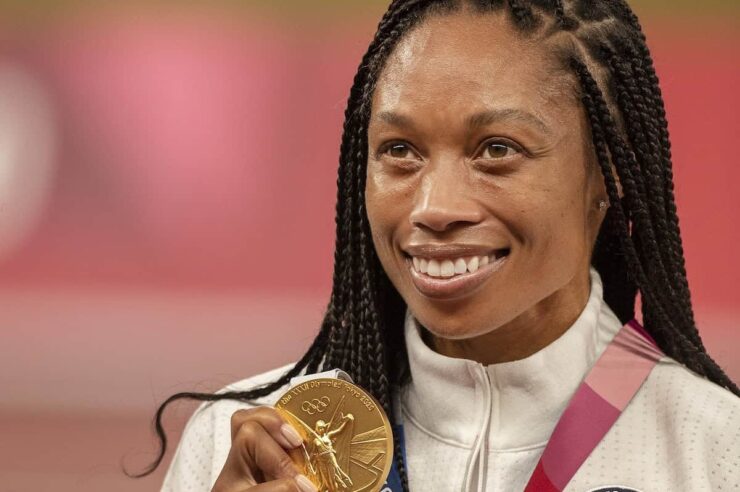From match-fee parity to record viewing figures, professional women’s sport has entered a new era. It’s boosting grassroots sports for girls, too
Record viewing figures for women’s football, match-fee parity for England’s women cricketers, talks at the highest levels about nurturing the next generation of Lionesses and female athletes across the board.
After decades in the shadows, women’s sport is finally enjoying some of the limelight it deserves. Twelve years ago, the Women’s World Cup drew a global audience of around 63 million. This year, Fifa said that it was more like 2 billion people – a 30-fold increase.
The England v Spain showdown this summer hit a combined peak of 14.8 million viewers in the UK, setting a record for a Women’s World Cup final. Meanwhile in Spain, 7.4 million watched, the country’s highest ever audience for a women’s fixture.
The average viewer watched eight hours and 44 minutes of women’s sport in 2022, compared to just three hours and 47 minutes in 2021, according to the Women’s Sport Trust.
“It only needed the little bit of investment that it’s had in the last few years to demonstrate how capable women are,” said Lisa West, head of policy, partnerships and public affairs at the charity Women in Sport. “Showing a glimmer of what women’s professional sport could be has opened people’s eyes. We’re having conversations that we wouldn’t have dreamed of 10 years ago.”
National sporting bodies like the Football Association and the England and Wales Cricket Board have levelled up on pay for male and female players. “It’s a no-brainer,” said West. “Non-negotiable.”
We’re having conversations that we wouldn’t have dreamed of 10 years ago
Things are trickier in pro sports, she explained, where clubs and athletes are chasing the money from sponsorship deals and broadcast rights. Instead, women’s sport – and its growing, lucrative, fanbase – is drawing funding streams from new avenues, including investment funds.
In March, private equity outfit CVC spent $150m (£120m) on a 20% stake in the US Women’s Tennis Association. Meanwhile a new women’s cricket tournament in India was auctioned off to investors in January for $570m (£458m) – one of the largest cash injections into women’s sport in history.
The hope, of course, is that the big money and star billing in the upper echelons of women’s sport will help catalyse a change in attitudes in amateur clubs and school sports halls.

Will the investment in high-profile women's sports inspire change in grassroots athletics? Image: Lars Bo Nielsen
“There’s a big investment in education and training,” West said. “But we’re still seeing playgrounds dominated by boys kicking footballs around, and girls hiding in the corner trying to stay out the way.”
It also must be said that interest has, at times, been fuelled by the dynamics unfolding off the pitch, court or athletics track as much as on it. Spanish football federation president Luis Rubiales drew criticism from around the world when he grabbed Spain’s player Jenni Hermoso by the head and kissed her on the lips following their World Cup final win over England. After defiantly insisting the kiss was “consensual”, despite Hermoso filing a legal complaint, he finally resigned from his position as Uefa vice-president in September.
Nevertheless, the shift in fortunes for women’s sport has been astonishing for many to witness. Mary Peters, now 84, took an Olympic gold medal home to Northern Ireland after winning the pentathlon in Munich’s 1972 games.
“Things have totally changed,” said Peters, who has chronicled her journey in an autobiography, released last month. “I trained mostly alone and worked fulltime. There was no money for competing. The coverage women’s sport gets now is amazing – it used to be two lines on the back page if you were lucky!”
Main image: Richard Baker
You’re the solution that Positive News needs
Our small, dedicated team is passionate about building a better alternative to the negative news media. And there’s never been a greater urgency to our mission.
But to invest in producing all the solutions journalism that the world is longing for, we need funding. And because we work in your interests – not those of a wealthy media mogul or corporate owner – we’re asking readers like you to get behind our team, by making a regular contribution as a Positive News supporter.
Give once from just £1, or join 1,200+ others who contribute an average of £3 or more per month.
Join our community today, and together, we’ll change the news for good.





